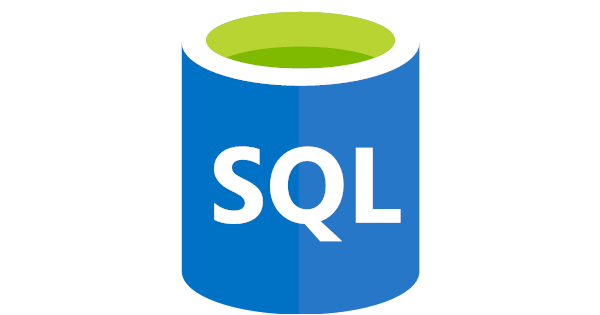Oracle, the giant in the market of databases churning information at a staggering rate has recently gone into some more exciting times. It looks like their growth is not stopping anytime soon, as they recently received a major influx of funding to develop a new streaming SQL process. This new project will produce spectacular bonuses for everyone involved – from customers to developers and even Oracle themselves!
Oracle’s Implementation of Streaming SQL Process
Streaming SQL is the next big thing in database technology. It lets you process large amounts of data quickly and easily without waiting for the entire dataset to arrive in memory. Oracle has been working on an implementation of streaming SQL that is unparalleled by any other vendor.
Oracle’s Streaming SQL process takes advantage of its parallel processing capabilities and streaming infrastructure. This allows it to break down a massive workload into smaller chunks, which can be processed simultaneously. Oracle also uses a cache strategy that allows data to be stored locally so that it can be processed more quickly.
Overall, this innovative approach will allow companies to streamline their SQL processes, leading to faster turnaround times and improved efficiency.
Why Streaming SQL is So Popular
Streaming SQL has become a popular way to interact with your database. There are several reasons for this:
- First, streaming SQL is scalable. You can add or remove instances of the streaming SQL process without affecting system performance. This makes it a good option if you have a small or moderate workload and need to scale up or down as needed.
- Second, streaming SQL is fast. Because it operates on individual rows rather than entire batches, it can quickly process large data sets.
- Third, streaming SQL is easy to learn. Oracle’s streaming SQL interface is intuitive and straightforward, making it easy to stream data into your database.
Tips for tuning your DBMS?
Some tips for tuning your DBMS can help make your database run more efficiently and reduce the time it takes to retrieve data.
- First, ensure you have the necessary resources installed and running on your database server. This includes enough memory and processing power to handle the demand from your users.
- Second, consider using spark or x86 architecture processors when possible. These chips are typically faster and more efficient than other types of processors regarding handling SQL requests.
- Third, monitor your database’s performance regularly and take appropriate action based on your findings. For instance, if you notice that queries are taking longer than usual to complete, check to see if you can do anything (such as trimming down the number of tables in your database) to speed things up.
- Finally, optimize your user’s queries by providing them with effective query optimization tools. This will help them get the most out of their data while minimizing resource consumption on your part.
Pros and Cons of Streaming SQL
Streaming SQL is a valuable tool, but it has its own pros and cons. Let’s take a look at both:
Pros of Streaming SQL
- Quick Lookups: If you need to quickly look up data in your application, streaming SQL can be a great approach because it allows you to use the same query execution plan across many rows.
- Batch Updates: Streaming SQL also makes batch updates very easy. Simply append the new rows as they come in without waiting for an entire batch response.
- Scalability: When scaling your database, streaming SQL offers more throughput than traditional upserts and is faster than other data access methods, such as direct table scans.
Cons of Streaming SQL
- Lack of Pre-analysis: Streaming SQL doesn’t provide the same level of analysis and pre-fetching that a traditional database server would. This can lead to performance issues if your data isn’t pre-processed in a way that benefits from streaming SQL.
- Time-Consuming: When you stream data, you create a copy of it every time it’s invoked. This can increase the overall processing time for your application.
How to Invoke a Streaming SQL Process?
Oracle’s Latest Streaming SQL Process is Outstripping All Other Options.
There’s a new streaming SQL process available from Oracle that quickly outpaces all other choices. Named “RAP”, it allows you to stream data directly into tables without the need for any intermediate data manipulation steps. This makes r execution much more efficient than traditional streaming SQL processes.
To take advantage of RAP, you first need to create your table using the RAP Table Creation Tools. Once the table has been created, you can use the r command line tool to invoke the streaming process. To do this, you will need to specify four pieces of information: the table name, the stream’s connection string, the table column(s) to stream, and the prefix for your timestamp values.
Conclusion
If you’re in the business of streaming SQL, then you should be very worried about Oracle’s impending entry into the market. Last month, Oracle released a blog post announcing that they have been working on a new streaming SQL process that will offer some serious advantages over their competitors. Not only does this process allow for near-real-time streaming of data tables and SELECT statements from an application server to a Spark cluster, but it also offers much faster query execution times – which could make all the difference in processing large amounts of data.
Apart from this if you are interested to know about Why Online Drivers Ed Is a Great Option then visit our technology category.
